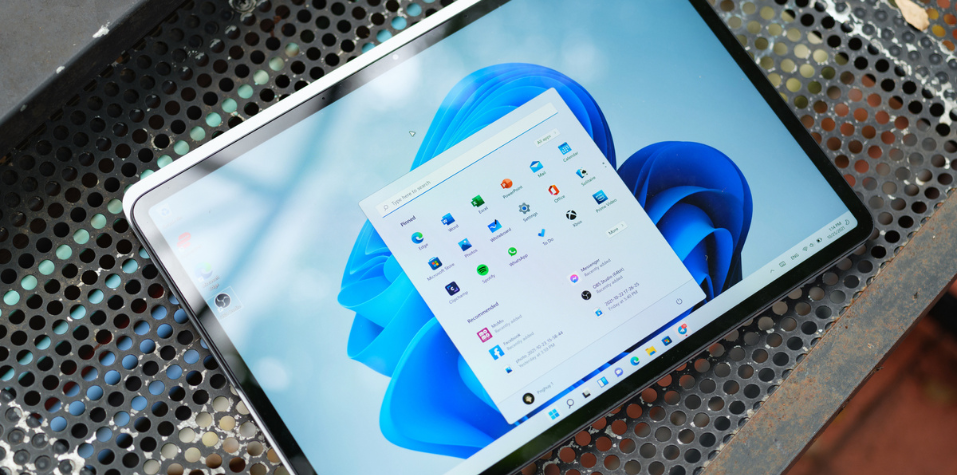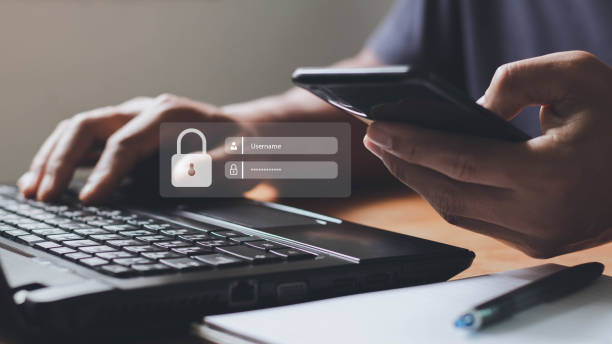Windows 10 will end support on October 14: What should you do now? Some options to protect your computer.

On October 14, Windows 10 will be a thing of the past and will have to be replaced, as Microsoft will end support for it. What does this mean? It will no longer receive updates, including—and especially—security updates. Windows 10 will continue to run as usual, but unfortunately, in a matter of hours or days, or a month at most, it will begin to expose vulnerabilities.
This doesn't mean your computer will be hacked in mid-November, but it's a very bad idea to continue using an operating system without proper security updates.
The companies and organizations responsible for the software you use on your devices (Windows, macOS, iOS, Android, Linux) are in a perpetual game of cat and mouse with cybercriminals. As soon as a vulnerability is detected, it must be patched. And those are the patches your Windows 10 will no longer receive.
Microsoft has been warning you that you can upgrade to the new version (version 11) for a while now. If not, check Settings > Security & Updates and see if the option to upgrade to 11 appears. If not, consult your device manufacturer's support.
In short, all you need to do is install Windows 11, which shouldn't cost anything because you already have a Windows 10 license. Installing Windows 11 is very simple, but it's always best to back up your data before making the move.

New Windows Updates Photo: iStock
The problem is that there are many computers that won't support Windows 11. Typically, for one of two reasons: either they lack the Trusted Platform Module (specifically, TPM 2.0), or the processor isn't on Microsoft's "whitelist" for Windows 11. In other words, it's too old. Simply put, there are a lot of machines that won't be able to run Windows 11.
Now, in a few cases, your PC's motherboard might have TPM 2.0 and it wasn't activated from the BIOS (the software that runs the computer), or that motherboard might allow you to add a TPM 2.0 module. A friend's computer, for example, had a Trusted Platform Module, but you had to enter the BIOS and activate it to update to Windows 11. If you have any questions, consult a technician. It's the best thing to do.

Security Photo: iStock
Now, if you can't upgrade and absolutely need Windows for your everyday work, then the best advice is to invest in a new machine. Technology advances rapidly, and upgrading to a more modern and powerful configuration isn't a bad idea at all.
However, it's worth mentioning that there is the option to extend Windows 10 security updates. The program is called Windows 10 Consumer Extended Security Updates (ESU, search for it online). It costs $30 and has a number of prerequisites, which aren't anything out of the ordinary . For example, you need to be running Windows 10 22H2 Home, Professional, Pro Education, or Workstation editions; have the latest update; and be the administrator of your Microsoft account. If you back up your Windows settings with OneDrive, security updates for an additional year are free. If you can't renew your computer yet, this option is suitable, at least for one year, since these extended security updates for Windows 10 expire on October 13, 2026.
Linux system Now, if your work is web-based and doesn't require a program that only works on Windows, a serious and concrete possibility is switching to Linux. The most popular and easiest version of Linux to install and use is Ubuntu. It's also advisable to do some thorough research before moving.
The steps for installing Ubuntu on a computer will either seem completely cryptic or more or less obvious. If you don't understand them or don't have time to delve into them, you'll need help changing the operating system. These are, roughly, the steps for installing Ubuntu:
- Go to the Ubuntu download site and click Download. The current long-term support version is 24.04.2 LTS, and the architecture is Intel or AMD-64 bit.
- The result will be a 5.9 GB file. Now you need to burn it to a USB flash drive using special software. One of the simplest is Universal USB Installer (UUI). Another option is balenaEtcher.
- Now you'll need a USB drive with at least 8 GB of storage. A 64 or 128 GB drive is recommended, and after installing Ubuntu, you can use it for other purposes.
- Once the USB is connected to the computer, boot UUI and choose the drive where you want to burn the Ubuntu installer (i.e. the USB) and the file itself (that 5.9 GB file you downloaded in the first step).
- When the boot image finishes burning to the USB, unplug it properly, plug it back in, and restart your computer. If Windows reboots, you'll need to figure out how to enter the machine's BIOS to change the boot order; on many computers, simply pressing F9 is enough to choose the disk to boot from. If it boots from the USB, move on to the next step.
- Installing Ubuntu is about as straightforward as it gets. First, you'll be presented with a screen where you can choose whether to install or test the system, and two other options (boot with secure graphics and test the machine's RAM). Choose the first (Try or install Ubuntu).
- When it finishes booting, the Ubuntu Desktop will appear, and you'll see the icon to install the system. Double-click it and follow the instructions. On this particular distribution, it will ask you to update the installer. Click OK and reboot.
- Next comes a series of self-explanatory windows: language, keyboard type, time zone, account name, and password. When you get to the window to choose where to install the system, the default option will depend on what's on the disk. Since you're looking for Windows, it will most likely give you the option to install it alongside Windows. Since you won't be using Windows anymore, it's best to choose Erase everything and install Ubuntu. Of course, make sure you've backed up all your files to an external drive.
- After a screen summarizing your previous choices, the system installs and you're done. Once the installation is complete, you'll need to reboot, and then you'll begin the process of adapting to Linux. You'll also have to transfer your files from the external drive to your computer again. Is it cumbersome? Yes, but it doesn't cost a dime, and if your machine doesn't need a replacement yet, it's worth it.
eltiempo





